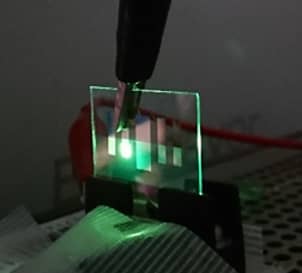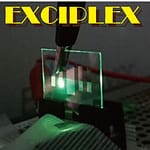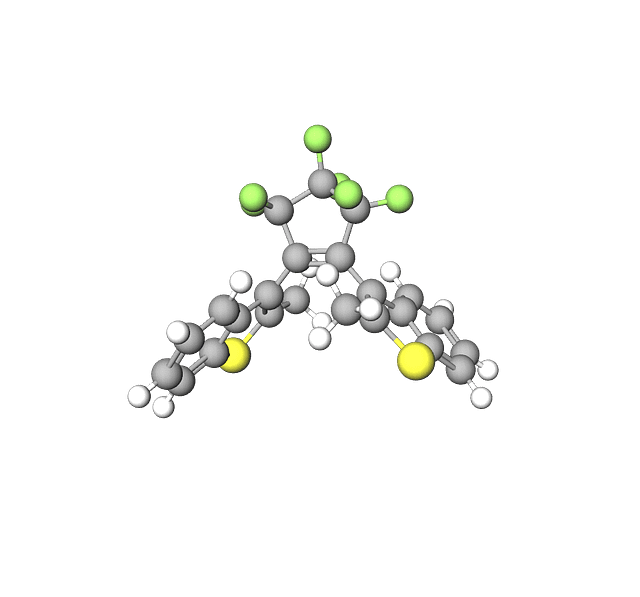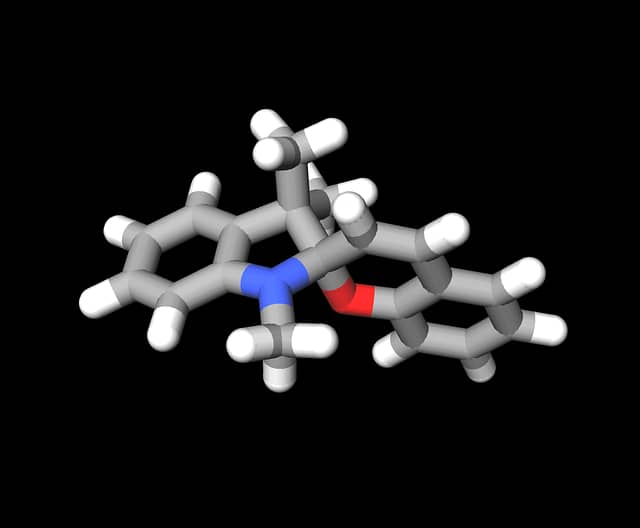| Publication Year | Author | Title | Publication Title | DOI | Url | Pages | Issue | Volume | Journal Abbreviation |
|---|---|---|---|---|---|---|---|---|---|
| 2015 | Reisdorffer, Frederic; Garnier, Bertrand; Le Rendu, Philippe; Nguyen, Thien-Phap | Use of an OLED as a thermal source to supply integrated organic Peltier unit | Applied Thermal Engineering | 10.1016/j.applthermaleng.2014.11.055 | https://www.sciencedirect.com/science/article/pii/S1359431114010898 | 530-534 | 76 | Applied Thermal Engineering | |
| 2015 | MOHD SARJIDAN, M. A.; BASRI, S. H.; ZAfABA, N. K.; ZAINI, M. S.; ABD MAJID, W. H. | Electroluminescence and negative differential resistance studies of TPD:PBD:Alq3 blend organic-light-emitting diodes | Bulletin of Materials Science | 10.1007/s12034-014-0807-6 | https://doi.org/10.1007/s12034-014-0807-6 | 235-239 | 1 | 38 | Bull Mater Sci |
| 2018 | Saikia, Dhrubajyoti; Sarma, Ranjit | Organic Light-Emitting Diodes with a Perylene Interlayer Between the Electrode?Organic Interface | Journal of Electronic Materials | 10.1007/s11664-017-5806-0 | https://doi.org/10.1007/s11664-017-5806-0 | 737-743 | 1 | 47 | J. Electron. Mater. |
| 2020 | Havare, Ali Kemal | Effect of the Interface Improved by Self-Assembled Aromatic Organic Semiconductor Molecules on Performance of OLED | ECS Journal of Solid State Science and Technology | 10.1149/2162-8777/ab8789 | https://dx.doi.org/10.1149/2162-8777/ab8789 | 41007 | 4 | 9 | ECS J. Solid State Sci. Technol. |
| 2022 | Hebbali, Rabah; , Mekelleche ,Sidi Mohamed; and Zaitri, Lamia Kara | Computational study of optoelectronic properties of oxadiazole-based compounds for organic light emitting diodes | Molecular Physics | 10.1080/00268976.2022.2103467 | https://doi.org/10.1080/00268976.2022.2103467 | e2103467 | 14 | 120 | |
| 2023 | EL?K, MUSTAFA | Theoretical analysis of OLED performances of some aromatic nitrogen-containing ligands | Turkish Journal of Chemistry | 10.55730/1300-0527.3571 | https://journals.tubitak.gov.tr/chem/vol47/iss4/3 | 689-698 | 4 | 47 | |
| 2024 | Man, Maoli; Zhao, Mingming; Lyu, Yunfei | Hole-Transporting Materials Based on a Fluorene Unit for Efficient Optoelectronic Devices | Materials | 10.3390/ma17225417 | https://www.mdpi.com/1996-1944/17/22/5417 | 5417 | 22 | 17 | Marerials |
🔬物質
- 共通使用材料:TPD(正孔輸送層)、Alq₃(発光・電子輸送材料)、PBD、Perylene、Oxadiazole誘導体、芳香族含窒素化合物など。
- 構造設計例:TPD:PBD:Alq₃ブレンド(2015年・Bulletin of Materials Science)、Peryleneインター層(2018年・Journal of Electronic Materials)、フルオレン骨格HTM(2024年・Materials)。
⚙方法
- 界面制御:2020年Havareら(ECS Journal of Solid State Science and Technology)は、SAM(自己組織化単分子膜)による有機/無機界面の改質を行い、TPDおよびAlq₃層のホール移動度・発光特性の向上を確認。
- 熱利用:2015年Reisdorfferら(Applied Thermal Engineering)は、有機Peltier素子の加熱源としてOLEDを利用。
- 電気特性評価:TPD:PBD:Alq₃ブレンドによるNDR(負性抵抗特性)解析(2015年)。
- 量子化学解析:芳香族含窒素配位子(2023年・Turkish Journal of Chemistry)、Oxadiazole誘導体(2022年・Molecular Physics)に対してDFT・TD-DFTを用いて電子構造・発光挙動を理論解析。
🌟新発見
- 界面効果の顕著な改善(2020):SAMの導入により、OLEDの電気的・光学的性能が向上(例:MZ39などのπ共役系分子)。
- 新規材料設計の有効性(2024):フルオレン系HTMがホール輸送性を高め、全体効率の向上に寄与。
- ブレンド系の電流特性(2015):TPD:PBD:Alq₃混合により負性抵抗特性が出現。
- 理論的検証(2022–2023):芳香族・ヘテロ環分子の電子構造と発光能力の関係性を定量評価、OLED材料設計指針を提示。
Trends in OLED Studies Utilizing TPD and Alq₃: A Literature Summary by Year
🔬Materials
- Commonly Used Components: TPD (hole-transporting layer), Alq₃ (emissive and electron-transporting material), PBD, perylene, oxadiazole derivatives, and aromatic nitrogen-containing ligands.
- Structural Examples: TPD:PBD:Alq₃ blend (2015, Bulletin of Materials Science), perylene interlayer (2018, Journal of Electronic Materials), fluorene-based HTMs (2024, Materials).
⚙Methods
- Interface Engineering: Havare et al. (2020, ECS Journal of Solid State Science and Technology) improved the OLED interface by introducing self-assembled monolayers (SAMs), enhancing hole mobility and luminescent efficiency in TPD/Alq₃-based devices.
- Thermal Application: Reisdorffer et al. (2015, Applied Thermal Engineering) utilized OLEDs as heat sources for integrated organic Peltier elements.
- Electrical Characterization: Electroluminescence and negative differential resistance (NDR) behaviors in TPD:PBD:Alq₃ blend OLEDs (2015).
- Quantum Chemical Analysis: Theoretical studies using DFT and TD-DFT were conducted for nitrogen-containing ligands (2023, Turkish Journal of Chemistry) and oxadiazole-based emitters (2022, Molecular Physics), targeting electronic structure and emissive behavior.
🌟Key Findings
- Significant Interface Enhancement (2020): The introduction of SAMs, especially π-conjugated types such as MZ39, improved the electrical and optical properties of OLEDs.
- Effectiveness of Novel Materials (2024): Fluorene-based HTMs were shown to enhance hole transport and contribute to device efficiency.
- Current Characteristics from Blends (2015): Blending TPD, PBD, and Alq₃ yielded devices exhibiting NDR effects.
- Theoretical Insights (2022–2023): Quantitative understanding of structure–property relationships in heterocyclic compounds provided design principles for future OLED emitters.
Surported by ChatGPT




